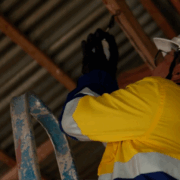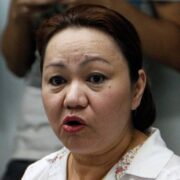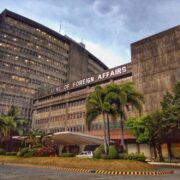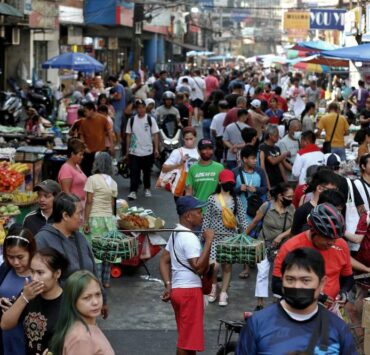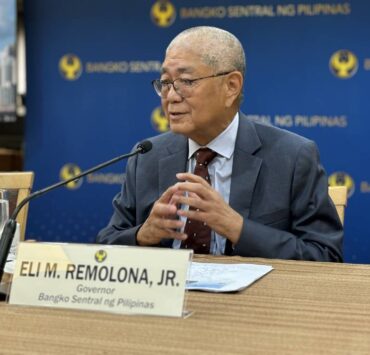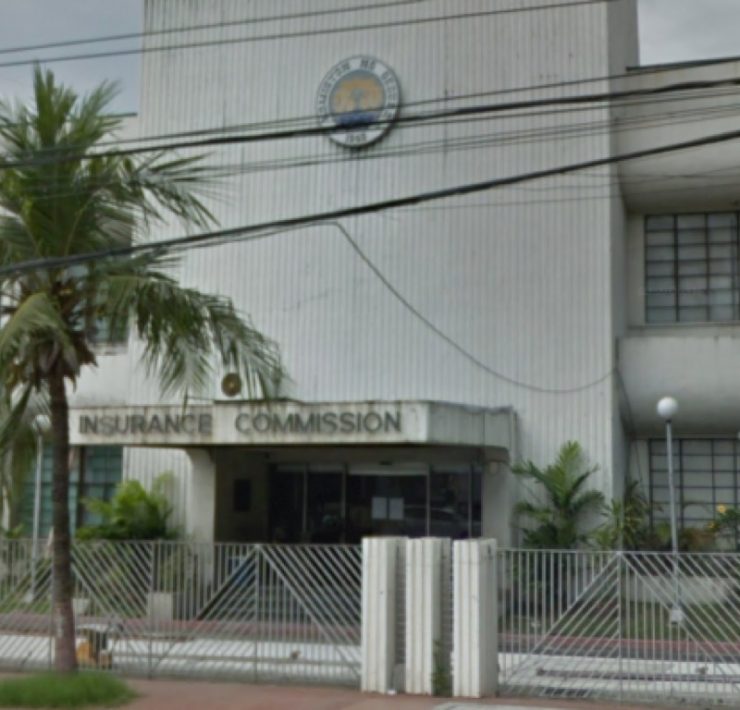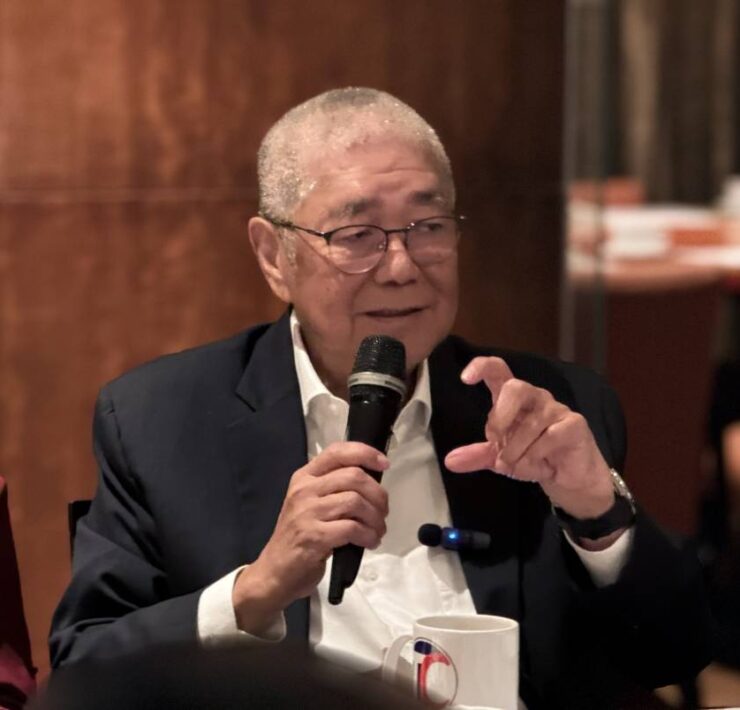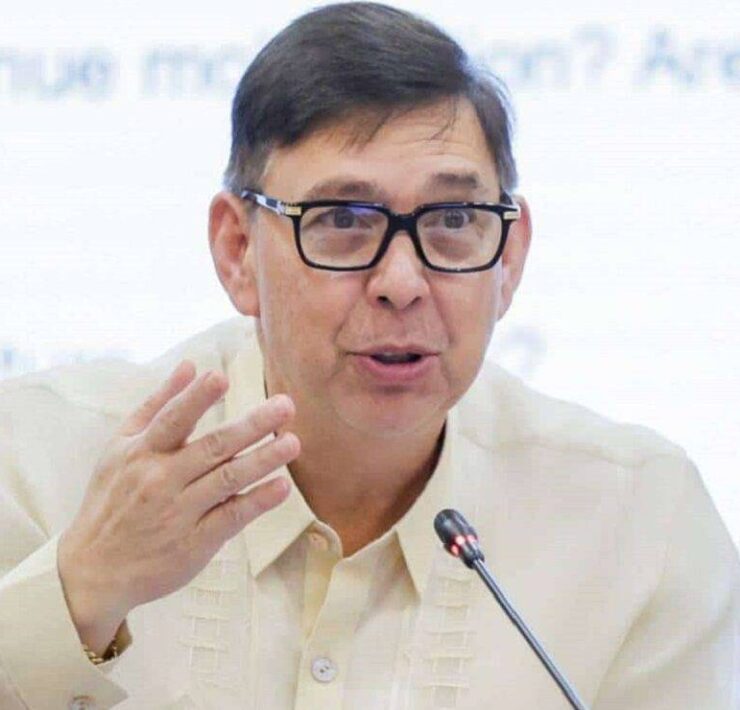Hot money returned in ’24 despite choppy stock market
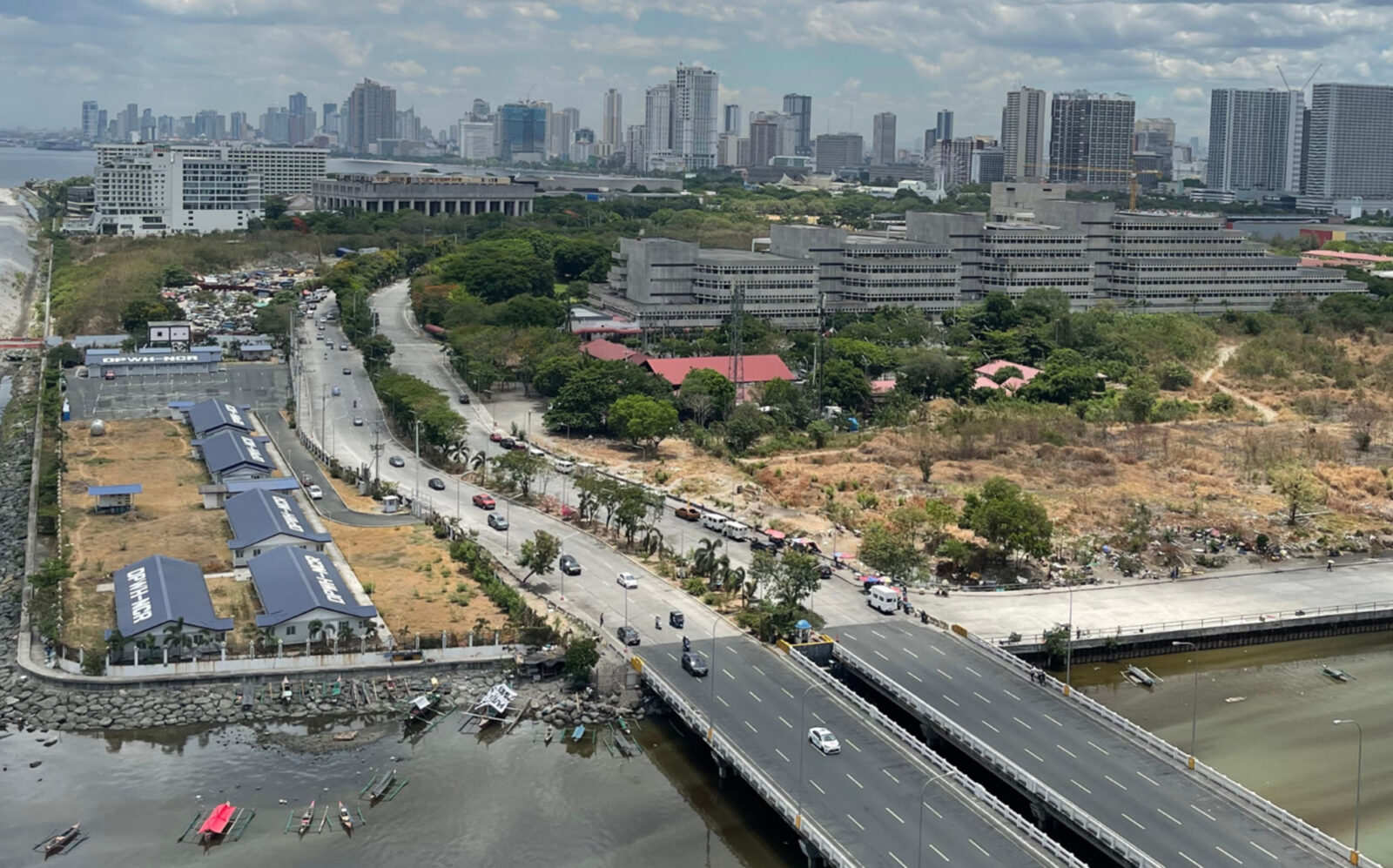
The Philippines saw a heavier inflow of short-term foreign funds in 2024 despite the recent bloodbath in the local stock market that was triggered by fears over a second Trump presidency.
Latest data from the Bangko Sentral ng Pilipinas (BSP) showed foreign portfolio investments (FPIs) registered with authorized agent banks yielded a net inflow of $2.1 billion last year.
Also known as “hot money” because of their tendency to leave at the first sign of trouble, FPIs are highly sensitive to developments at home and abroad unlike firmer commitments such as foreign direct investments, which tend to stay longer and can generate jobs for Filipinos.
A net inflow means more of these short-term foreign funds entered the country against those that left. The BSP said the 2024 readout was a reversal from the $248.8- million net outflow registered in 2023.
This, despite the $487.37 million net outflow in December, a turnaround from the $96.59 million net inflow in November after the election victory of US President Donald Trump late last year and his threat to start a global trade war frayed investor nerves.
Dissecting the central bank’s report, short-term foreign funds amounting to $17.9 billion entered the country’s capital markets last year, up by 39.2 percent year-on-year. But gross outflow jumped by 20.5 percent to $15.8 billion.
Figures from the BSP showed foreign investors pulled out $897.53 million more funds than they invested in the local stock market last year, albeit smaller than the $1-billion net outflow posted in 2023.
It may be recalled that the benchmark Philippine Stock Exchange index (PSEi) capped 2024 at 6,528.79. While the gauge’s closing value for last year was 1.22 percent higher on an annual basis, it was still lower by 0.4 percent year-to-date.
The local stock barometer charged into the bull territory in September after the BSP kicked off its easing cycle in August. Additional reductions came after that, bringing the key rate to its current level of 5.75 percent.
But the PSEi still suffered several bloodbaths by November and December amid fears around Trump’s tariff threats, which may stoke inflation stateside and slow down the US Federal Reserve from reducing borrowing costs.


